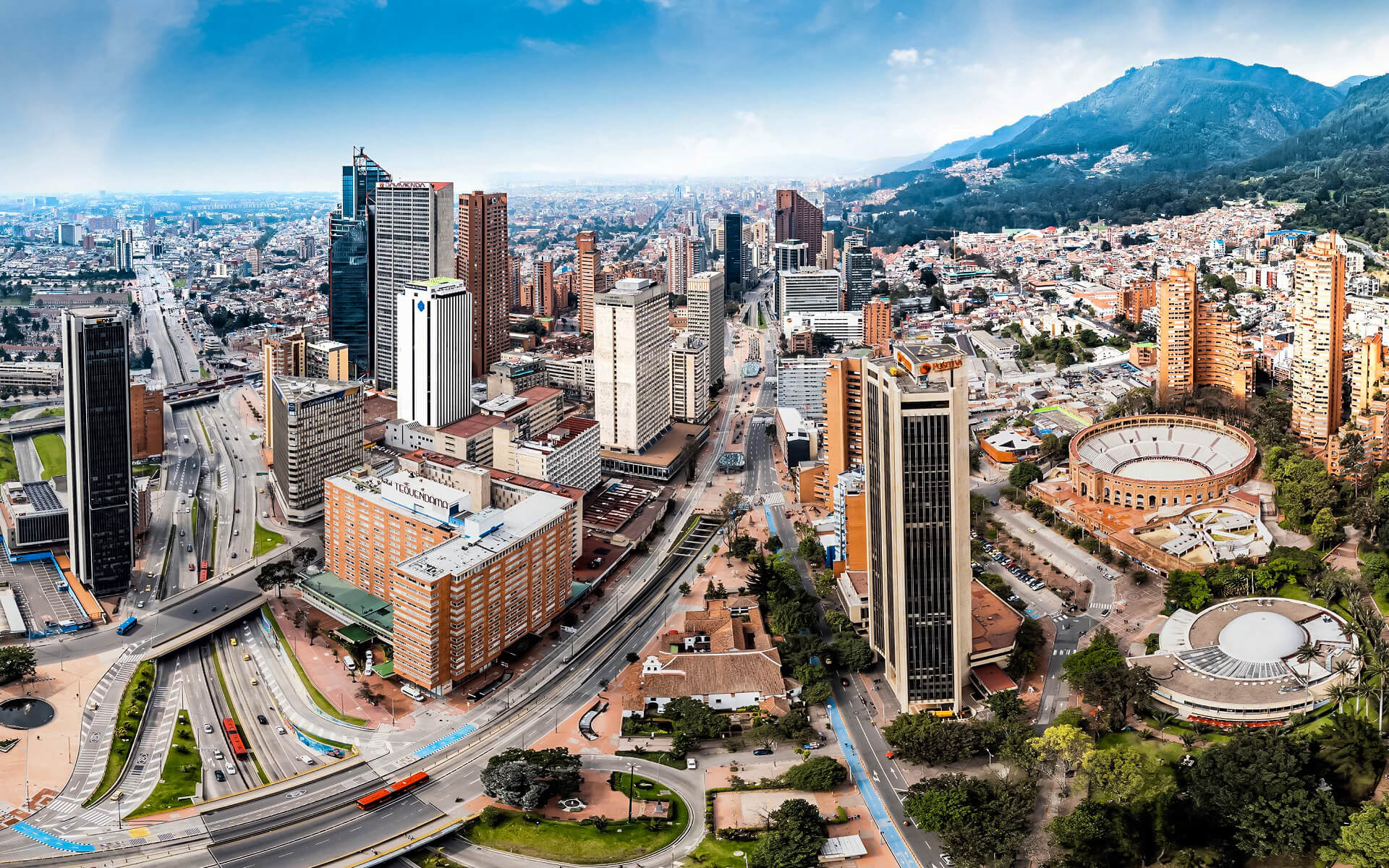Bogotá, formally Bogotá, Distrito Capital, abbreviated Bogotá, D.C. (dubbed Santafé de Bogotá under Spanish administration and again from 1991 to 2000), is Colombia’s capital and biggest city. It is managed as the Capital District, but it is sometimes considered to be part of Cundinamarca. Bogotá is a first-class territorial unit, having the same administrative standing as Colombia’s departments. It serves as the country’s political, economic, administrative, industrial, artistic, cultural, and sporting hub.
The city is situated in the heart of Colombia, on a high plateau known as the Bogotá savanna, which is part of the Andes’ Eastern Cordillera’s Altiplano Cundiboyacense. At an average elevation of 2,640 metres (8,660 ft) above sea level, it is South America’s third-highest capital (after La Paz and Quito). Bogotá, which is split into 20 localities, has an area of 1,587 square kilometers (613 square miles) and enjoys a rather mild temperature throughout the year.
On August 6, 1538, Spanish adventurer Gonzalo Jiménez de Quesada established Bogotá as the capital of the New Kingdom of Granada after a difficult campaign into the Andes to conquer the Muisca. The original Muisca people named the hamlet where Bogotá was foundedBacatá. Bogotá became the capital of the sovereign country of Colombia, then known as Gran Colombia, after the Battle of Boyacá on August 7, 1819.
The city is home to top executive branch agencies (Office of the President), legislative branch agencies (Congress of Colombia), and judicial branch agencies (Supreme Court of Justice,Constitutional Court, Council of State and the Superior Council of Judicature). Bogotá is distinguished by its economic strength and financial maturity, its attraction to global corporations, and the quality of its human capital; it is Colombia’s main business platform, hosting the majority of high-impact projects. The capital serves as the primary market for Colombia and the Andean natural area, as well as the primary destination for new foreign direct investment projects entering Latin America and Colombia. It has the greatest nominal GDP in the country, accounting for the lion’s share of the national total (24.7 percent), and is Latin America’s seventh-largest metropolis in terms of GDP (about USD 159,850 million);
El Dorado International Airport, named after the fabled El Dorado, is the busiest airport in Latin America, transporting the most goods and passengers. It is Colombia’s city with the most universities and research institutes, as well as a significant cultural offering represented by several museums, the most prominent of which is the Museo del Oro, theaters, and libraries. Bogotá is ranked 52nd on the 2014 Global Cities Index and is classified by GaWC as a global city type “Beta.”


